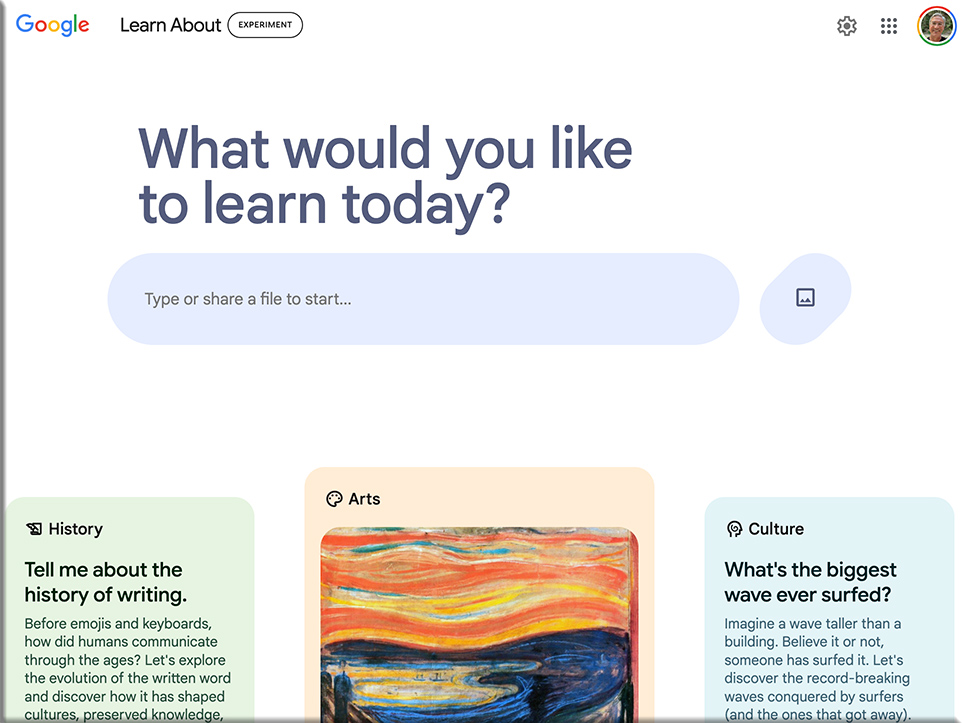7 Urgent Changes to Stop the Teacher Shortage Crisis — from teachingexpertise.com by Natalie Cates
In the past few years, the teacher shortage has reached critical levels. According to recent surveys, about 30% of teachers plan to leave their jobs in the next year, and 40% of those are considering leaving education altogether. Even more shocking is that only 16% of educators would strongly recommend the profession to others. This isn’t just a temporary problem; it’s a crisis that threatens the future of education. Teachers are burned out, undervalued, and overwhelmed by growing demands.
The question is: What needs to change? What will it take to stop the mass exodus from education and create an environment where teachers want to stay and thrive?
Below are the key areas that need urgent reform if we want to stop the teacher shortage and rebuild a sustainable, respected profession.
Micromanagement is a key contributor to teacher burnout. Teachers are bogged down with endless paperwork, restrictive policies, and constant oversight, leaving little room for creativity or autonomy in their classrooms. Instead of focusing on teaching, educators are often tied up with administrative tasks that serve little purpose in improving student outcomes.
…
“AMEN!! These are so accurate about what is needed in education.”, as what most teachers exclaimed. Teachers are professionals, and they deserve to be treated as such. Restoring autonomy is key to retaining talented educators.
From DSC:
I believe in giving those on the front lines — of anything (business, government, education, other) — as much control, autonomy, and power as possible. I hold this position because those are the folks who really know what’s going on, what’s working and what’s not working, and how best to fix things.
So I’m all in favor of trusting our teachers to tell us what they need and want to do. We need less input and control from legislators and more input and control from teachers.
















